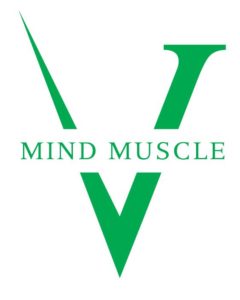
The Diaphragm is a Muscle – Train It!
Written by Nick Hawkes
Just like if you wanted to build some bionic biceps or your buns of steel, your diaphragm needs some attention too! You may ask why? As no one can see your diaphragm busting the sleeves off your smedium shirt like your biceps do nor do they think about doing laundry on your six pack abs. But the signs of your puny and weak diaphragm are ever present if you know what you are looking for, and it shows its glaring deficiency anywhere from 4 to 20 times a minute.
What is the Diaphragm?
Your diaphragm is the powerhouse for your respiratory system, and is the primary muscle for every inhale and exhale that you do. The lungs get a lot of love, as they should, but initiation of all healthy breathing begins in the belly and expands up and out with the rhythm of the diaphragm. So, how do you know if you have a deficient diaphragm, and how do you train it? Great questions, let us discuss!
How to Assess Your Diaphragm
Assessment 1
- Sit in front of a mirror or lay down placing one hand on your chest and the other hand on your belly.
- Take some normal breaths and pay attention to what hand moves first during your inhale.
- If you notice that your upper hand moves first, you could be a dreaded chest-breather and could benefit from some dedicated diaphragm training.
Assessment 2
- Sit in front of a mirror or lay down and wrap your hands around your last few ribs; thumb in back of your body and fingers wrapped around the front
- Exhale all the air out and start to breathe in, but this time I want you to breathe deep and full.
- You should feel your ribs expand into your hands laterally. If not, or you feel that it is mild and shallow, you have some work to do.
How Should a Diaphragm Feel?
When you inhale you should have an expansive breath, meaning that ideally you would have 6 points expanding out; 2 in the front, 2 in the back and 2 on your sides. The diaphragm descends during an inhale which expands the ribs (yes, your ribs should move!) and fills your lungs. This 360 degree expansion is essential for respiratory function, workout recovery, and even aid in anxiety and depression management.
Diaphragm Training
- Expanded Count Box Breathing
- Wrap a strap or band around your body placed on the lower part of your ribs.
- Inhale, starting at the belly and working to expand into the band and continue to the chest. As your inhale gets deeper you should feel the pressure from the band around the entire circumference of your body. Hold the breath for 5 seconds, exhale for 5 seconds, hold the exhale for 5 seconds, and inhale for 5 seconds.
- Once you feel that the breathing box of 5 is good, the next set would be a set of 6,6,6,6, Then 7,7,7,7.
- Make sure that you drive all the breaths with the belly thus developing strength in the diaphragm.
- Exhale Holds with Diaphragm Contractions/Rolls
- Just like the description sounds, you will exhale all your air out, and while maintaining the exhaled breath hold you will attempt to breath in and contract the diaphragm. You will not get a ton of movement and that is okay. The goal is to identify the proper muscle.
I can’t overstate enough how low-key but imperative having a strong and yolked diaphragm is. By strengthening this muscle watch all the other things improve. If you love geeking out on this kind of stuff that piques an interest, you’re going to love our 30-Minute, online Mind-Muscle Class! You have the time. Drop us your name to be notified when the online Mind Muscle Class is open for registration!
Also Check Out…
Mind-Muscle Connection: CARs & Compensation
